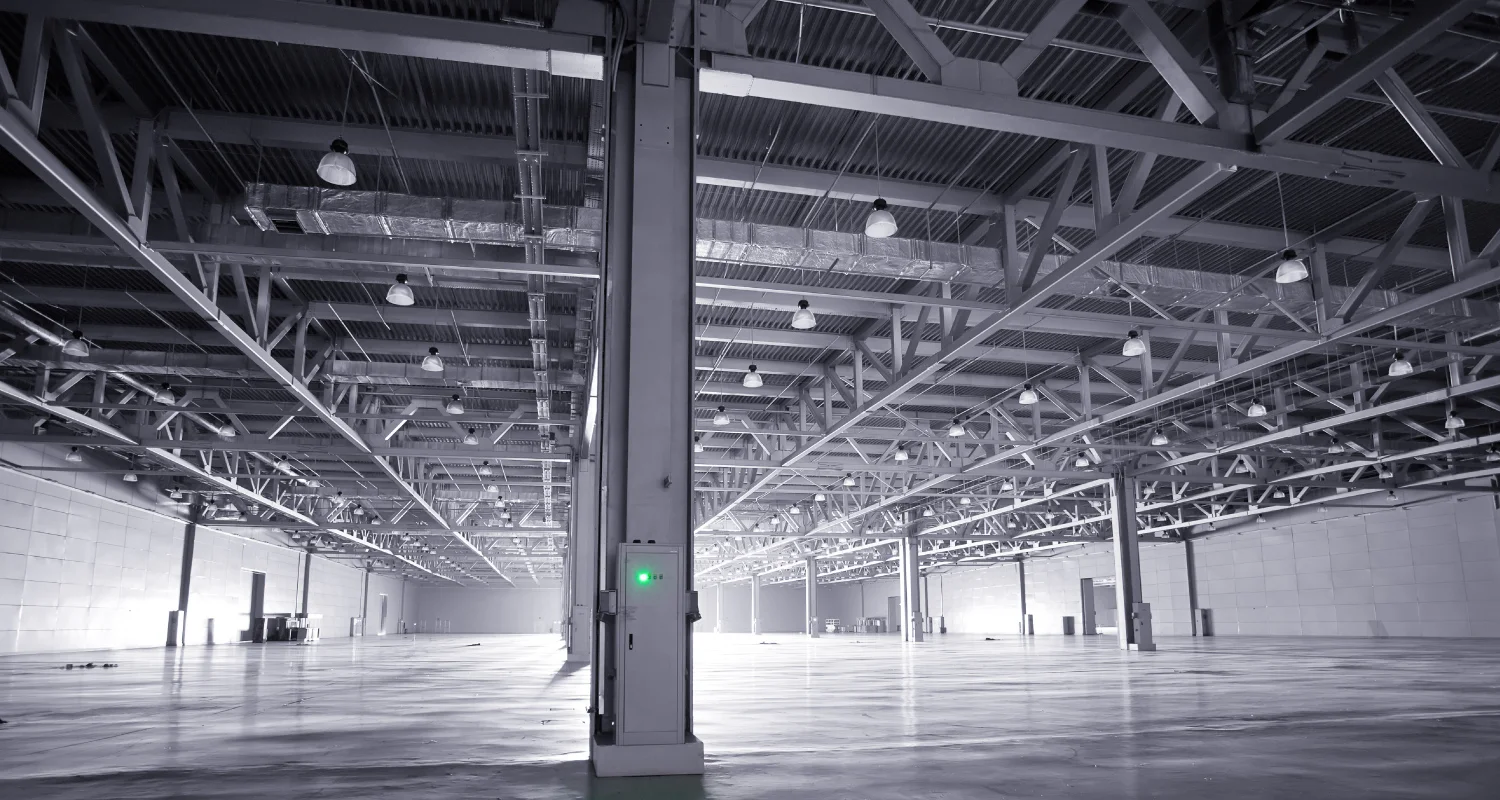As Americans spend more time in their own homes, they are increasing their spending habits in ways that have overwhelmed supply lines around the United States. Specifically, the bottleneck of the western U.S. ports has become a continued problem as docking wait times have doubled, or even tripled, from averages of recent years. There is not one answer for why bottlenecking is currently happening and although we may see a natural decrease of port problems as rare conditions caused by the pandemic subside, we may see long-term changes to strengthen our supply lines outside of the port.
In an interview with Bloomberg; Gene Seroka, the Executive Director at the Port of Los Angeles, stated that the pandemic surge created levels of shipments we have never seen in the port’s 113-year history. This has left retailers scrambling to restock from the massive 8.3% holiday-season retail sales growth. The normal reported growth over the past 5 years, according to the National Retail Federation, has stayed close to 3.5% YOY. This growing market that has crowded the port has been years in the making, although the size of the jump this winter was unexpected, and it is expected to continue as the strength of the dollar gives American consumers greater access to goods made throughout Asia.
The flood of Asian goods has been stopped at the port by continued labor problems at the Ports of Los Angeles and Long Beach. In mid-January alone, over 700 dock workers were reportedly sick with coronavirus and unable to work. With fewer available employees at the ports, dockworkers have fallen behind the unprecedented tidal-wave of goods arriving each day. California began vaccinating dock workers mid-February but as vaccines take time to build immunity, dock workers are only now recovering numbers needed to unload the late shipments. This shrunken labor force, alongside the backlog of ships needing to be unloaded, may cause docks to run behind well into summer or beyond.
Hindrances don’t stop there. In the interview with Bloomberg, Mr. Seroka stated that container shortages are an issue due to many containers sitting unprocessed for long periods at docks and warehouses surrounding the port. He also notes that the cost of containers is rising as companies must pay extra as up to two and a half containers go empty to Asian markets for every one exported container. This is largely due to American consumption outpacing demand from other markets as the dollar remains strong. The manufacturing of containers also was very low in 2020 as a response to expected slowing in shipping. The quick rebound of the market left shipping unready for high demand of containers destined to American consumers in 2021.
While multiple factors have led to the current extreme delays, some of the factors that have been years in the making are now showing why inland ports can substantially help. I was able to connect with Jack Hedge, the Executive Director at the Utah Inland Port Authority, who when asked how he thought the inland port would assist in future influxes, stated “The biggest benefit the Utah Inland Port Authority provides for the movement of goods through western gateways is providing space to rapidly move intact cargo inland and sort here for further dispersion into the heartland. Doing so improves the fluidity of rail, increases the velocity of shipments, and avoids the added costs of handling at a seaport.” Increasing quantities and speed of distribution for shipping through inland ports has already been well documented in ports such as the Port of Charleston which connects containers to the inland port of South Carolina in a single day.
Lower costs will also be important to allow for retail companies to maintain inventories and buffer shipping issues. In Los Angeles, storage costs for warehouse space will range around $1 per square foot for net rent, plus expenses, which is a large difference from the $.45 per square foot for net rent, plus expenses, average of Salt Lake County Class A industrial warehouse space. Savings on containers waiting to go through customs in Salt Lake could allow for companies to store increased inventories in Utah’s geographically central location while absorbing potential oversupply costs.
With Idaho recently being noted as the fastest growing population in America with many other western-heartland states taking places in the top 10, shortening the time from customs to consumer will also allow for more containers to recycle back to Asian markets. We expect to see relief before then as the construction and distribution of containers is growing quickly to match the undersupplied market, but faster turn-around times could assist in decreasing costs to ship in the future. While Inland Ports, like the new designated Utah Inland Port, may not solve all the problems that are currently compounding in California, it most certainly allows for suppliers and the Long Beach and Los Angeles ports to have greater flexibility to adapt to changes in our growing and exciting industrial market.
Skyler Smith- Director of Information Services at IPG Commercial







